Each tazza with wonderful proportions is raised by a circular base below the mottled piedouche support. The elegantly shaped bowl above displays a lovely, rounded lip and smooth interior.
The Grand Tour was the principally 17th- to early 19th-century custom of a traditional trip through Europe, with Italy as a key destination, undertaken by upper-class young European men of sufficient means and rank (typically accompanied by a tutor or family member) when they had come of age (about 21 years old). The custom—which flourished from about 1660 until the advent of large-scale rail transport in the 1840s and was associated with a standard itinerary—served as an educational rite of passage. Though it was primarily associated with the British nobility and wealthy landed gentry, similar trips were made by wealthy young men of other Protestant Northern European nations, and, from the second half of the 18th century, by some South and North Americans.
By the mid-18th century, the Grand Tour had become a regular feature of aristocratic education in Central Europe as well, although it was restricted to the higher nobility. The tradition declined in Europe as enthusiasm for classical culture waned, and with the advent of accessible rail and steamship travel—an era in which Thomas Cook made the "Cook's Tour" of early mass tourism a byword starting in the 1870s. However, with the rise of industrialization in the United States in the 19th century, American Gilded Age nouveau riche adopted the Grand Tour for both sexes and among those of more advanced years as a means of gaining both exposure and association with the sophistication of Europe. Even those of lesser means sought to mimic the pilgrimage, as satirized in Mark Twain's enormously popular Innocents Abroad in 1869.
The primary value of the 3 lay in its exposure to the cultural legacy of classical antiquity and the Renaissance, and to the aristocratic and fashionably polite society of the European continent. It also provided the only opportunity to view specific works of art, and possibly the only chance to hear certain music. A Grand Tour could last anywhere from several months to several years. It was commonly undertaken in the company of a cicerone, a knowledgeable guide or tutor.
Imperial Porphyry is arguably the rarest and most historically important stone in the world. It comes from only one source; a single mountain in Egypt that the Romans called Mons Porphyry. It is a purple, volcanic stone, very dense and fine-grained, with small white inclusions.
Imperial Porphyry was the supreme expression of Roman Empire throughout the next few turbulent centuries. Emperors were often raised and deposed quickly. It was easy for a usurper to raise money, gather troops, put on a purple robe and try to take over; but the person who had the resources to import Imperial Porphyry and the means to build with it was the Emperor.
In later centuries Porphyry remained the supreme symbol of Imperial power. Several Holy Roman Empire monarchs, including Fredrick II, Henry IV and William I, all had tombs of Imperial Porphyry, continuing an Imperial custom which had been first started by Nero in 63 AD.
Centuries later, Napoleon Bonaparte wanted to be buried in an Imperial Porphyry tomb, as a symbol that he was a legitimate heir to the Roman Emperors. He had officials search for the long-lost Imperial quarry during his expedition to Egypt but was unable to find the ancient source. He was instead buried in a sarcophagus of much more common red porphyry.

















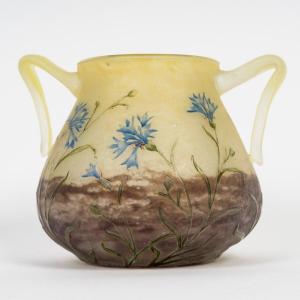
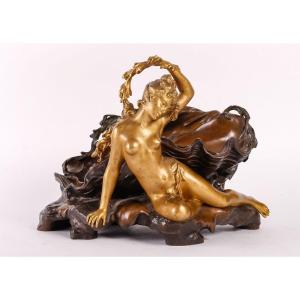

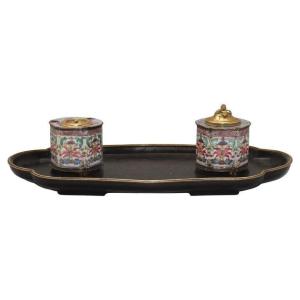

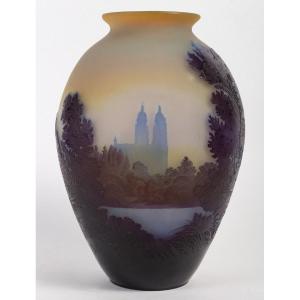




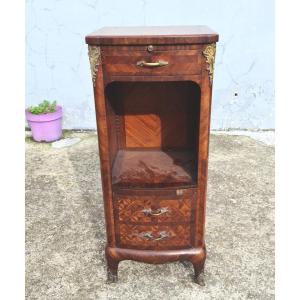
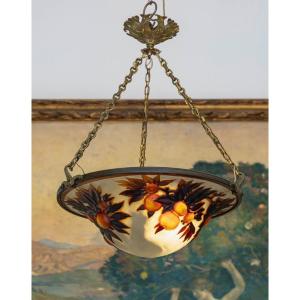

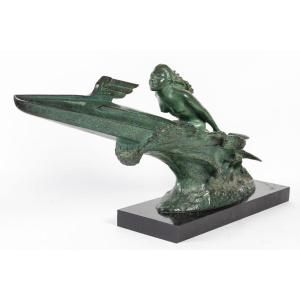









 Le Magazine de PROANTIC
Le Magazine de PROANTIC TRÉSORS Magazine
TRÉSORS Magazine Rivista Artiquariato
Rivista Artiquariato